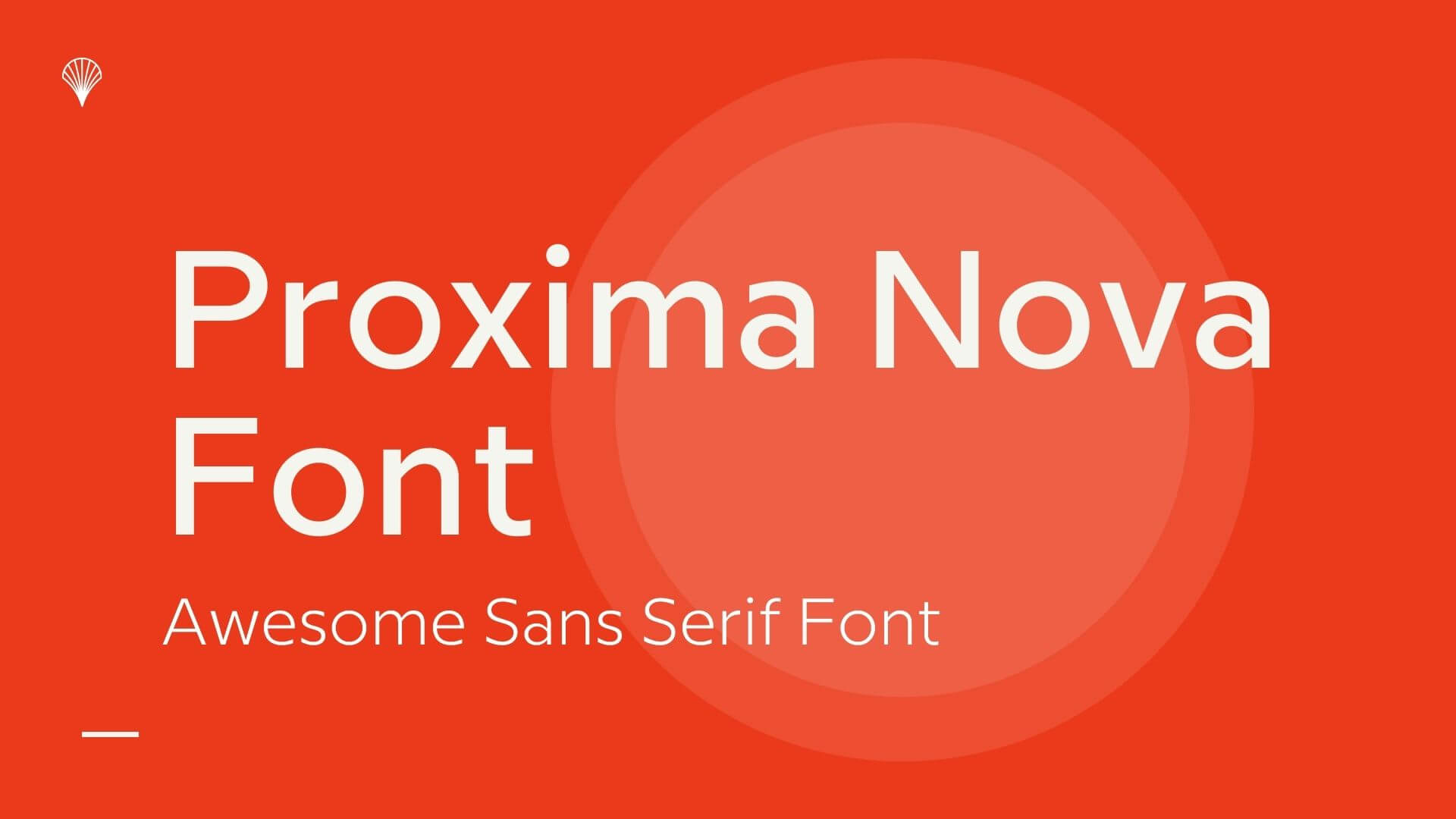

Interestingly, in order to create various designs, you can take help from Proxima Nova Generator. In different mobile apps and branding, this font is also applied. A few popular companies where this font was highlighted include Mashable, Buzzfeed, NBC News, etc. It is used by more than 20,000 websites from across the globe. The font is available everywhere for all the right reasons. Furthermore, as a student, you can have this font for your presentation slides and assignment titles. For logo designs, this font would be the best choice. The lettering and characters of this font make the content easy to understand that’s why it has been used in many places. It carries different styles, including Nova Bold, Medium, Semibold, Light, etc. The Proxima Nova font was re-designed in 2005 to the roundness of mathematical sans serifs like Futura font with the extents of present-day grotesques similar to Helvetica font. Because of being a less complicated font, many designers use this font in their designing work. The font is considered easy to understand and read that’s why used in different logos and is often seen in print media.
#PROXIMA NOVA FONT HTML HOW TO#
Next time, I will dive into the core of what Modular CSS is and how to use it.Each width comprises 16 fonts and 7 weights with similar italics. Use font classes that are named by what they commonly represent, not the font-family name.Stop declaring font-family on all over the place in your CSS - it’s not modular and it’s hard to maintain.It is also important to remember to not add any other font-family declarations to your style classes as those could override your Font Class. Or you end up going through and replacing all the “proxima-nova” classes to “arial-font” in your HTML, which could be a huge chore. This could happen: /*- what is this? I don’t even… -*/įont-family: Arial, Helvetica, sans-serif This is bad because down the road, say you or another developer want to change the font used.

One thing you want to avoid when creating Font Classes is making the CSS class the same as the font-family: /*- not good -*/įont-family:"proxima-nova", Helvetica ,Arial, sans-serif Now whenever you want to change all menu navigation fonts, you change only one property! This requires a bit of planning ahead of time, but it is well worth the effort. Take this example: /*-Font Classes*/įont-family: Open-sans, Helvetica, Arial, sans-serif įont-family: Georgia, "Times New Roman", Times, serif įont-family:"proxima-nova",Helvetica,Arial,sans-serif įont-family:"adobe-garamond-pro", Georgia, "Times New Roman", Times, serif


Why?įont classes are modular CSS that make future changes to your fonts a breeze, when used correctly. These should be general classes used throughout your site, instead of adding the class to your element, id, or the specific class you use to style that element. The Font Classes I am talking about are helper classes to make the fonts on your site easily changeable anytime you want.įont Classes are a CSS class added onto an element that will determine the font-family of the element and its children. Let me begin by explaining that this is not about the CSS declaration “font,” “font-family,” etc. We’re starting with a specific, easy to implement topic: Font Classes This is the first installment on different areas of modular CSS. This setup allows us to move HTML structure and their CSS classes between projects while ensuring the output would remain consistent. Our front-end developers recently got together to discuss and formulate a set of standards to make all of our CSS as modular as possible. Here at Pixafy, we have always done our best to create great, elegant CSS based upon industry best practices.


 0 kommentar(er)
0 kommentar(er)
